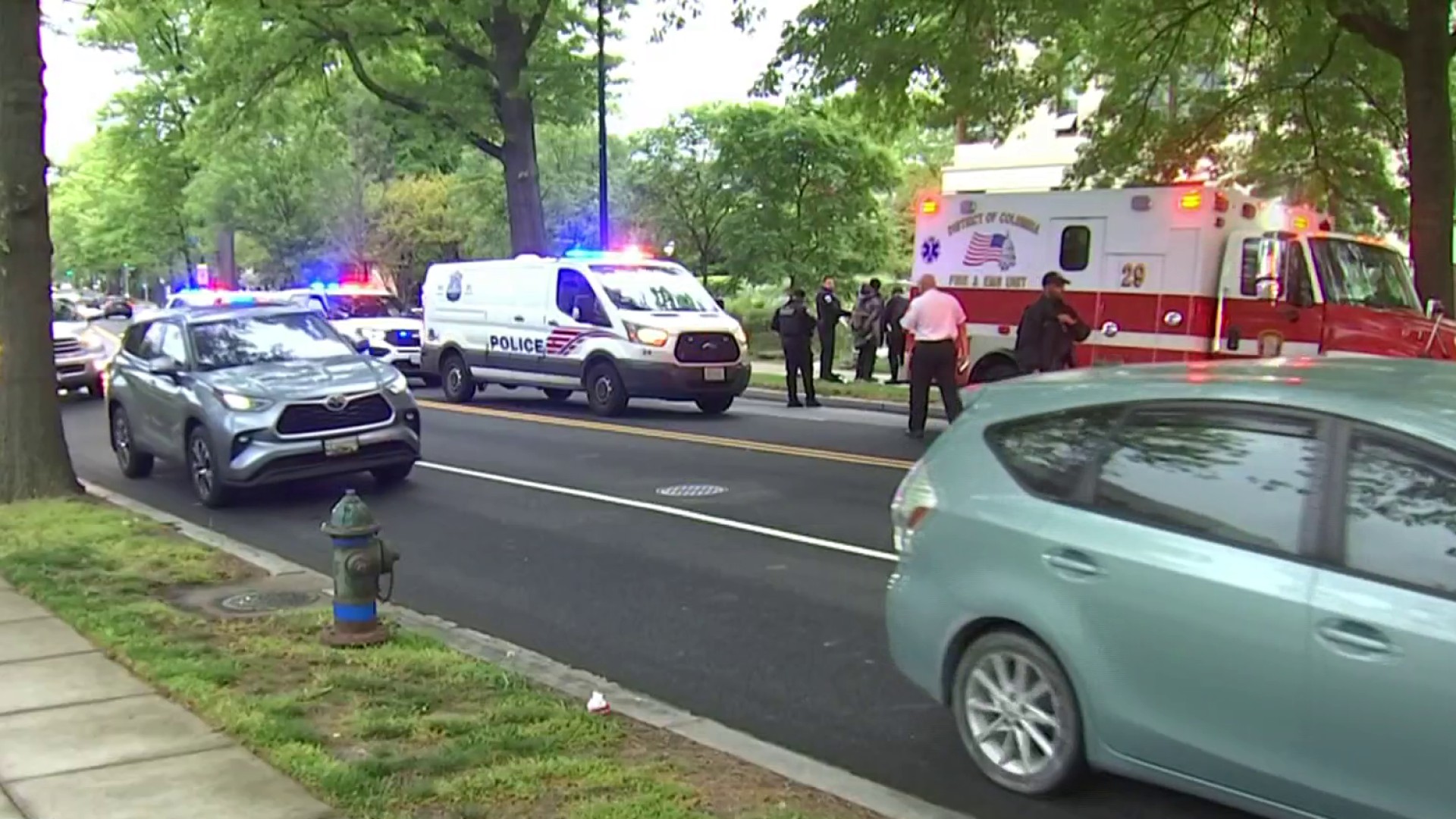The city's ambulances, fire trucks and key personnel are now arriving on the scene at high-priority calls more quickly, Washington's Fire and Emergency Medical Services Department (FEMS) reports.
About half of the nearly 400 calls that FEMS receives daily are of the critical variety.
In March, the department began tracking "chute times," the length of time from when an ambulance or fire truck is dispatched to an emergency call until when the unit begins “continuous travel” to the call location, and "response times," the length of time from when an ambulance or fire truck is dispatched to when the unit arrives on location.
In April, a Special Order was published defining chute time expectations of 60 seconds for calls dispatched between 7 a.m. and 8 p.m. and 90 seconds for calls between 8 p.m. and 7 a.m.
In June, the average response time was 4:02 with 92 percent of respones occurring within 6:30 or less, down from 5:03 and 81 percent in February.
More numbers courtesy of FEMS:
The numbers for first arriving paramedics on the scene: Goal set at arriving for 90 percent of critical calls within 8 minutes or less. For FY 2012, average was 6:07 with 80 percent. By February 2013, the numbers were 6:37 and 76 percent. After controls were in place, the numbers for June 2013 were 5:34 and 84 percent.
The numbers for first arriving transport unit (ambulance or medic unit) on the scene: Goal set at arriving for 90 percent of critical calls within 12 minutes or less. For FY 2012, average was 7:28 with 88 percent. By February 2013, the numbers were 7:49 and 87 percent. After controls were in place, the numbers for June 2013 had improved to 6:41 and 91 percent.
Local
Washington, D.C., Maryland and Virginia local news, events and information
“People’s lives depend on us doing our jobs well. And nearly all the time, we are doing our jobs well,” Chief Kenneth Ellerbe said. “And where we haven't met our goals, we'll look for opportunities to improve."
MORE ON NBCWASHINGTON.COM
- Report: D.C. Fire and EMS Understaffed, Over Budget
- I-Team Investigates: When Seconds Count
- D.C. Ambulance Breaks Down Taking Carjacking Suspect with Gunshot Wound to Hospital
- Public Hearing on D.C. Ambulance Response Times
- D.C. Officer Who Waited 20 Minutes for Ambulance Leaves Hospital
- Ellerbe: Changes on the Way for D.C. Fire and EMS
- Only 58 of 111 D.C. Ambulances in Service



